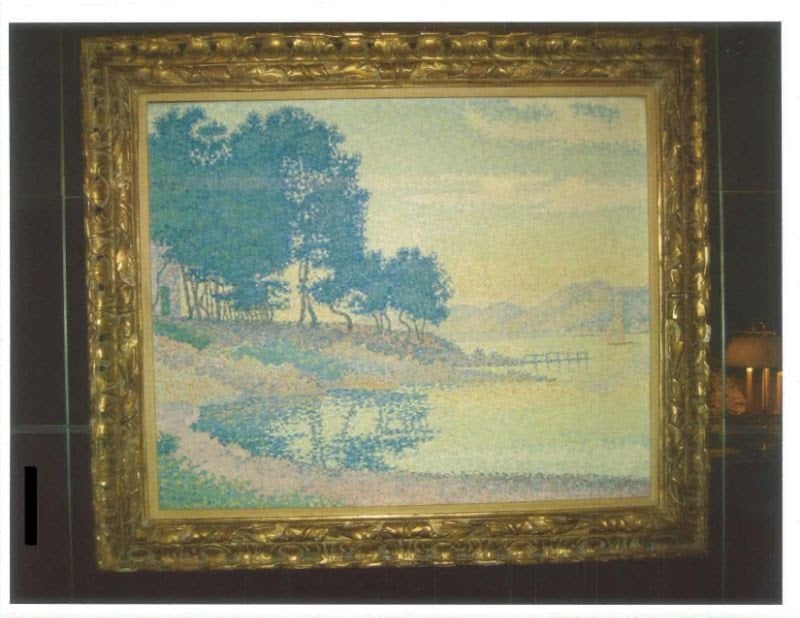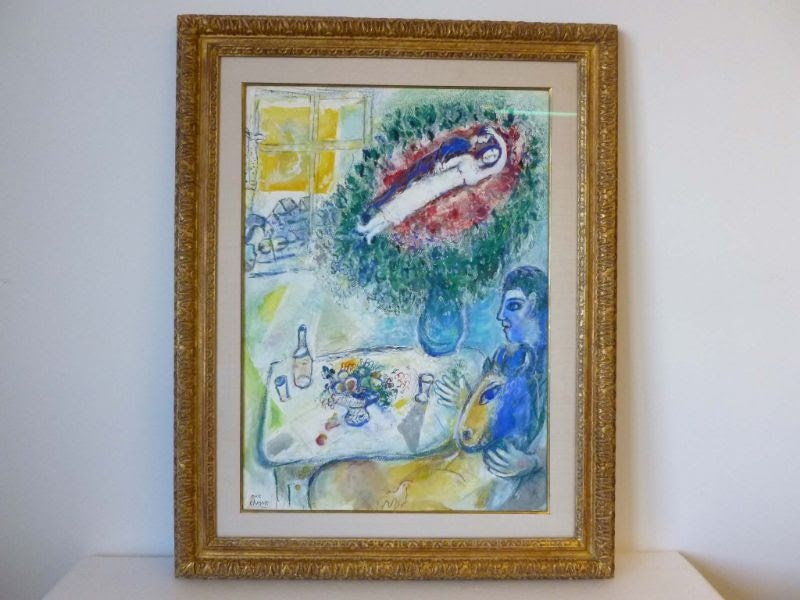British art dealer Timothy Sammons was sentenced to four to twelve years in a New York state prison after pleading guilty earlier this month to grand larceny, a scheme to defraud, and numerous other criminal counts.
Sammons stole between $10 million and $30 million from victims in the US, UK, and New Zealand through the scheme, which involved multiple famous works of art including Buste de Femme by Pablo Picasso, Reverie by Marc Chagall, and Calanque de Canoubier (Pointe de Bamer) by Paul Signac, among others, according to the indictment.
“When brokering the sales of high-priced, one-of-a-kind paintings, Timothy Sammons had lying, scamming, and stealing down to a fine art,” District Attorney Cyrus Vance said in a statement following the sentencing. “For years, the defendant peddled a deceitful, money-spinning scheme, garnering the trust of prospective buyers and sellers only to defraud them of millions and use the ill-gotten gains to fund his lavish lifestyle. But now, thanks to my office’s Major Economic Crimes Bureau and our partners overseas, his fraudulent conduct has come to an end and he’ll face a significant jail sentence for his larcenous crimes.”

Paul Signac, Calanque de Canoubier (Pointe de Bamer). Photo: Manhattan District Attorney’s Office.
Between 2010 and 2015, Sammons is said to have pocketed money from art he sold for his clients and used art that did not belong to him as collateral to obtain personal loans. Brian Kudon, an assistant district attorney, also said Sammons used the proceeds of sales of others’ work to buy himself first-class travel tickets as well as to pay off his club memberships and credit card bills. When clients asked about when works had been sold—or even which works had sold—Sammons misled and ignored consignors, Kudon said.
During the sentencing at the New York State Supreme Court this morning, Judge Ann Scherzer noted the “extremely serious and very disturbing” nature of the case and, after Sammons declined to make a statement, said Sammons “refused to take responsibility or express remorse.”
In response to an objection from the attorney, Judge Scherzer said, “I just asked him if he wanted to say anything before sentencing.” Sammons, speaking softly, said, “I have always said how extremely sorry I am for the trauma I caused.”
In rendering the sentence, the judge said she had read the victim impact statements and noted several outstanding financial judgments against Sammons. “The best thing that can happen is [for the defendant] to return to a life of productive employment and to pay back judgments,” she said.
“As stated, Mr. Sammons is quite remorseful for what happened,” his attorney, David Touger, told artnet News after the sentencing. “None of this was ever intended. He looks forward to getting out of jail and re-establishing his name and paying back his customers.”










